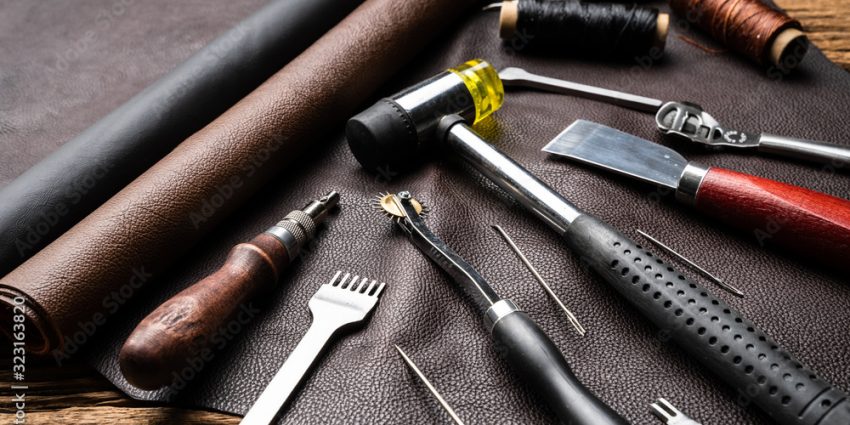When taking on DIY upholstery projects, having the right tools for the job will make the process much easier. But with so many options available, how do you know which upholstery tools are essential? Here’s an overview of the must-have tools for common upholstery tasks.
For Removing Old Fabric
Upholstery pliers allow you to grip and pull out staples, tacks, and nails holding fabric in place. Look for pliers with flat, angled jaws to easily get into corners. A flat pry bar is also useful for removing fabric without damaging the furniture frame. For large upholstery jobs, consider investing in an electric staple gun remover to quickly extract stubborn fasteners.
For Prepping and Repairing Frames
Quality sandpaper in varying grits will smooth rough wood before recovering. A tack hammer lets you securely reattach loose joinery. Fill holes and cracks with wood filler before sanding smooth. A utility knife easily cuts replacement webbing or jute when reinforcing sagging cushions. Have wood glue on hand for minor frame repairs.
For Measuring and Cutting Fabric
An upholstery tape measure with an extended length makes measuring and marking curved furniture edges simple. Heavy-duty scissors or electric fabric shears will cut through thick upholstery fabrics with ease. Pinking shears help prevent fraying by cutting a zigzag edge. A rotary cutter and self-healing mat create smooth, straight cuts.
For Attaching and Securing Fabric
Invest in an industrial-strength staple gun designed for upholstery work. Use 1/2 inch or 3/4 inch staples to firmly attach fabric to wood frames. An air-powered stapler allows rapid, continuous fastening. Upholstery tacks and a tack hammer provide grip on tricky areas like corners and edges.
For Finishing Touches,
An awl tool makes holes in leather or thick fabrics before attaching trim or decorative nailheads. Spring clamps temporarily hold piping or welting in place until permanently secured. Use a mallet with nail sets for consistent depth when hammering in exposed nailheads. Covering upholstery staples with gimp gives a polished look.
While you can make do with basic DIY tools, purchasing or renting specialized upholstery equipment will make your next project much easier. Determine what types of tasks are involved, then invest in suitable tools. Quality upholstery tools may cost more upfront, but will save frustration and provide beautiful results! Let the right tools take your upholstery skills to the next level.

